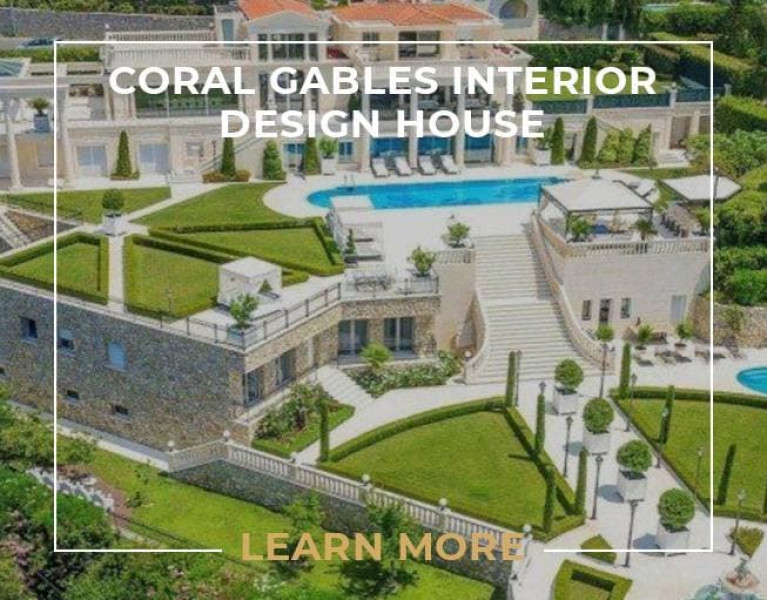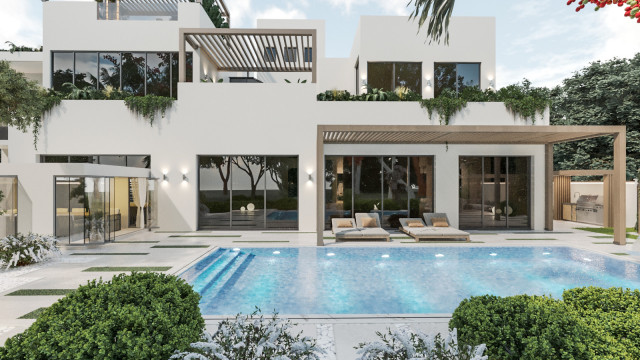SMART HOME SYSTEM ESSENTIALS
A smart house is a practical home design where electronics and appliances may be remotely controlled through the internet from any location using a smartphone or other networked device. The internet connects the devices in a smart home, enabling users to remotely control features like temperature, lighting, security access, and home entertainment systems. The gadgets in a smart home are interconnected and accessible from a single hub, such as a smartphone, tablet, laptop, or gaming console. One home automation system may operate door locks, televisions, thermostats, home monitors, cameras, lights, and even appliances like the refrigerator. The user may set time schedules for specific changes to take effect using the system, which is installed on a mobile device or another networked device.

Self-learning capabilities are included in smart home appliances, allowing them to figure out the homeowner's schedules and make modifications as necessary. Lighting control in smart homes enables residents to save money on energy costs while using less electricity. When the owner is away from the house, some home automation systems sound an alarm, while others can notify the police or the fire department in the event of an emergency. Both wireless and hardwired technologies, as well as both, are possible in smart homes. The installation of wireless systems is simpler. A wireless home automation system may be installed for several thousand dollars, making it a very affordable option. It includes features like smart lighting, climate control, and security. Greater control over heating equipment is now possible thanks to smart home items, including the ability to regulate when things are turned on, off, and controlled. If particular conditions are fulfilled, smart goods may be equipped with temperature or humidity sensors to automatically switch on or off. Air conditioners are included in this category of smart home advancements.

Lighting items now improve the capabilities of homes, sometimes with the use of a mobile phone, tablet, or specialized remote made specifically for a product. Lights may frequently be configured to change based on motion, just as some more traditional items. Wi-Fi-enabled smart lights may talk with one another and provide measurements or data to your phone. This lighting category may also include smart home lighting controls or dimmers. It is possible to install automatic blinds and program them to close on dawn schedules. Electronic drapes, on the other hand, let consumers control their blinds using a portable device. Many entertainment gadgets are now highly linked to one another and can be managed with a single remote, which is one of the more entertaining features of smart homes. With the help of software, speakers and televisions can now play content on demand and even be voice-controlled or kept on a schedule. The improved security features of a smart home are among its most logical features. Nowadays, many items are equipped with cameras that can record video, monitor motion, or provide live video feeds. This may be programmed to show in certain locations on your property or placed to sync with a ringing doorbell. With the person at your door, these recordings could enable audio-capable video calling. Modern security kits are also installed in a lot of smart houses. This includes the ability to remotely lock doors or windows using a phone, home monitoring, notifications and alerts of suspicious conduct, and motion sensor detectors when people shouldn't be at home.











